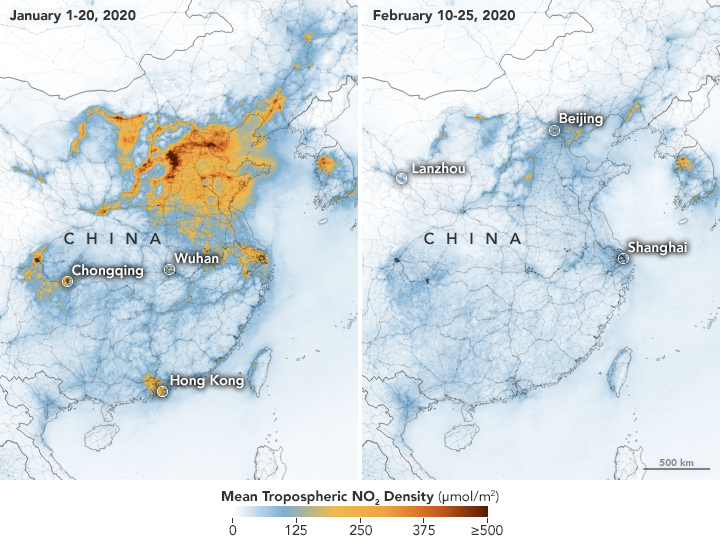First of a kind study shows an average 20% spike of nitrogen dioxide polluting the air for communities located near huge warehouses; people of color harder hit …
Tag: Nitrogen Dioxide
Fine particles in the air associated with higher blood pressure in London teens
A study of adolescents aged 11-16 in London has found long-term exposure to PM2.5 is associated with higher blood pressure, with stronger associations seen in girls.
COVID-19 Shutdowns Reveal Racial Disparities in Exposure to Air Pollution
A new GW study of COVID-19 shutdowns in the United States reveals pronounced disparities in air pollution — with disenfranchised, minority neighborhoods still experiencing more exposure to a harmful air pollutant compared to wealthier, white communities.

COVID-19 SHUTDOWN EFFECT ON AIR QUALITY MIXED
In April 2020, as remote work and social distancing policies were in place in Delaware and a number of other states, there was a sense the skies were clearer and less polluted with fewer people on the road. But new research from a team led by University of Delaware, Penn State and Columbia University researchers found a murkier picture.

February lockdown in China caused a drop in some types of air pollution, but not others
Atmospheric nitrogen dioxide, which comes from transportation, was half of what would be expected over China in February 2020. Other emissions and cloud properties, however, showed no significant changes.
Disparities in a common air pollutant are visible from space
Researchers reporting in Environmental Science & Technology have used airplanes and a satellite to uncover disparities in nitrogen dioxide amounts in the atmosphere above Houston.
COVID-19 and Air Quality: Another Perspective
Researchers at the SUNY College of Environmental Science and Forestry (ESF) discovered the air quality in New York City did not improve during the New York on PAUSE order. While other studies have suggested that the levels of nitrogen dioxide and other air particles decreased during the pandemic in cities such as New Delhi and industrialized parts of northern China, the ESF team found the opposite in the Big Apple.